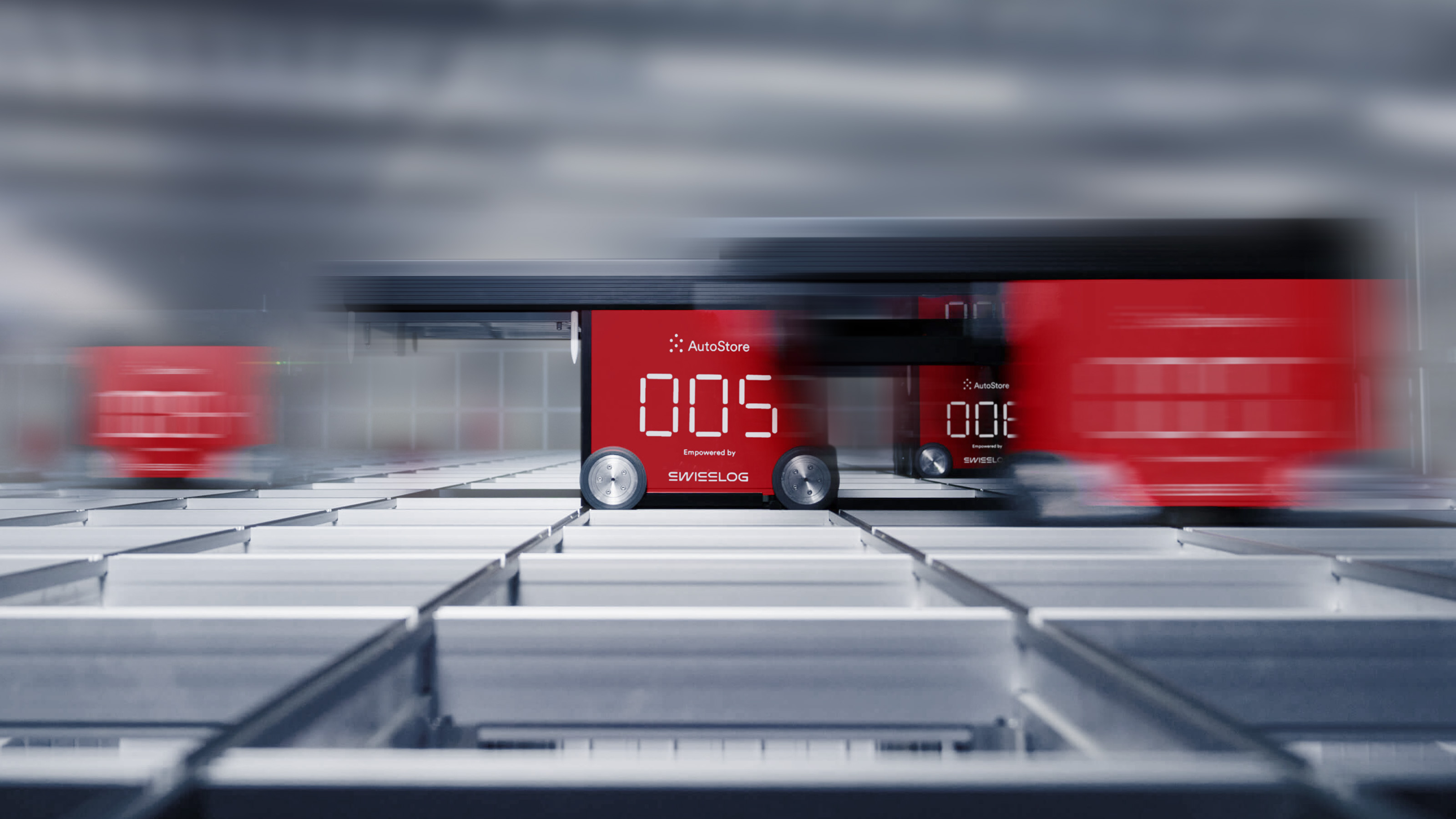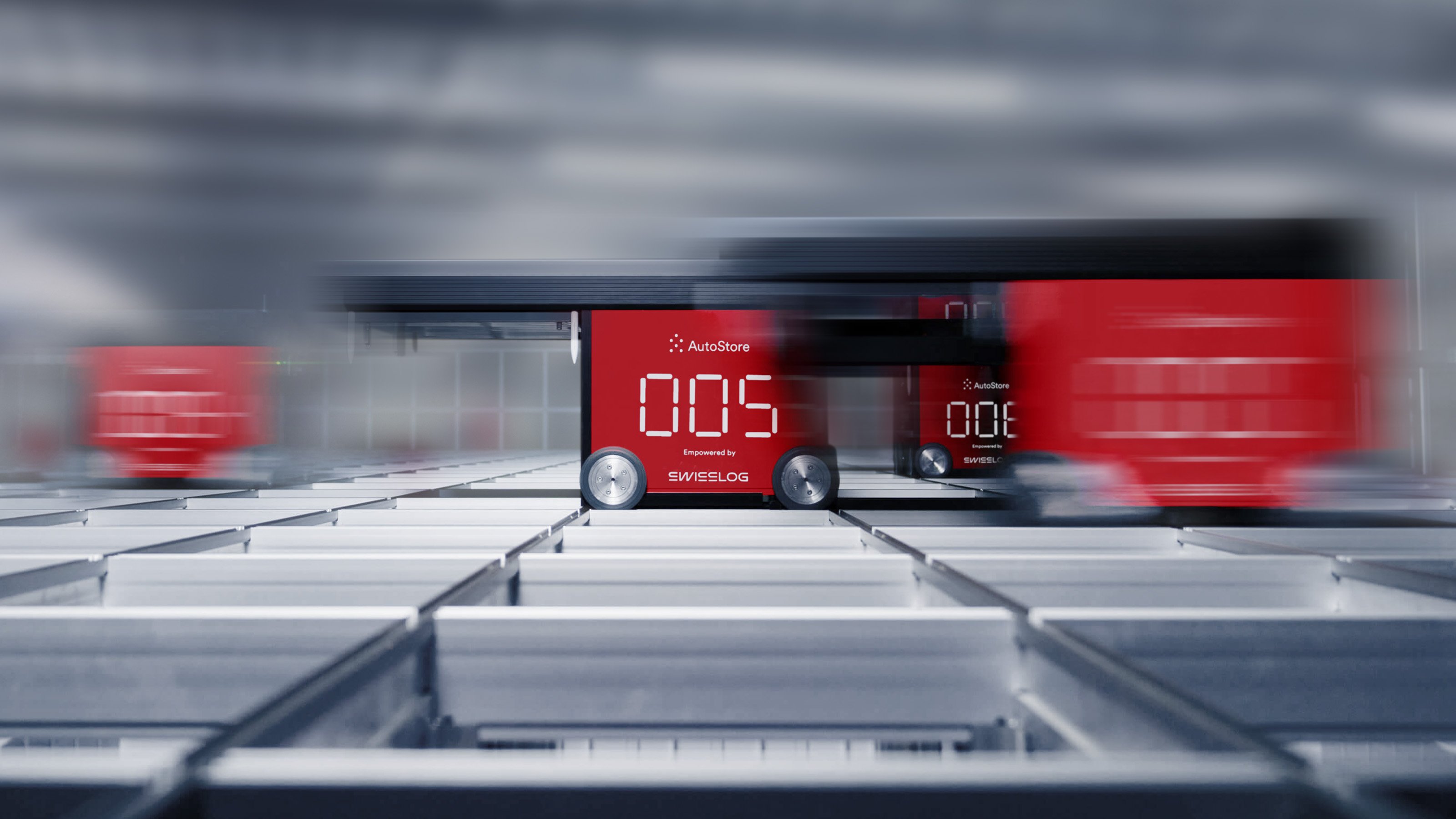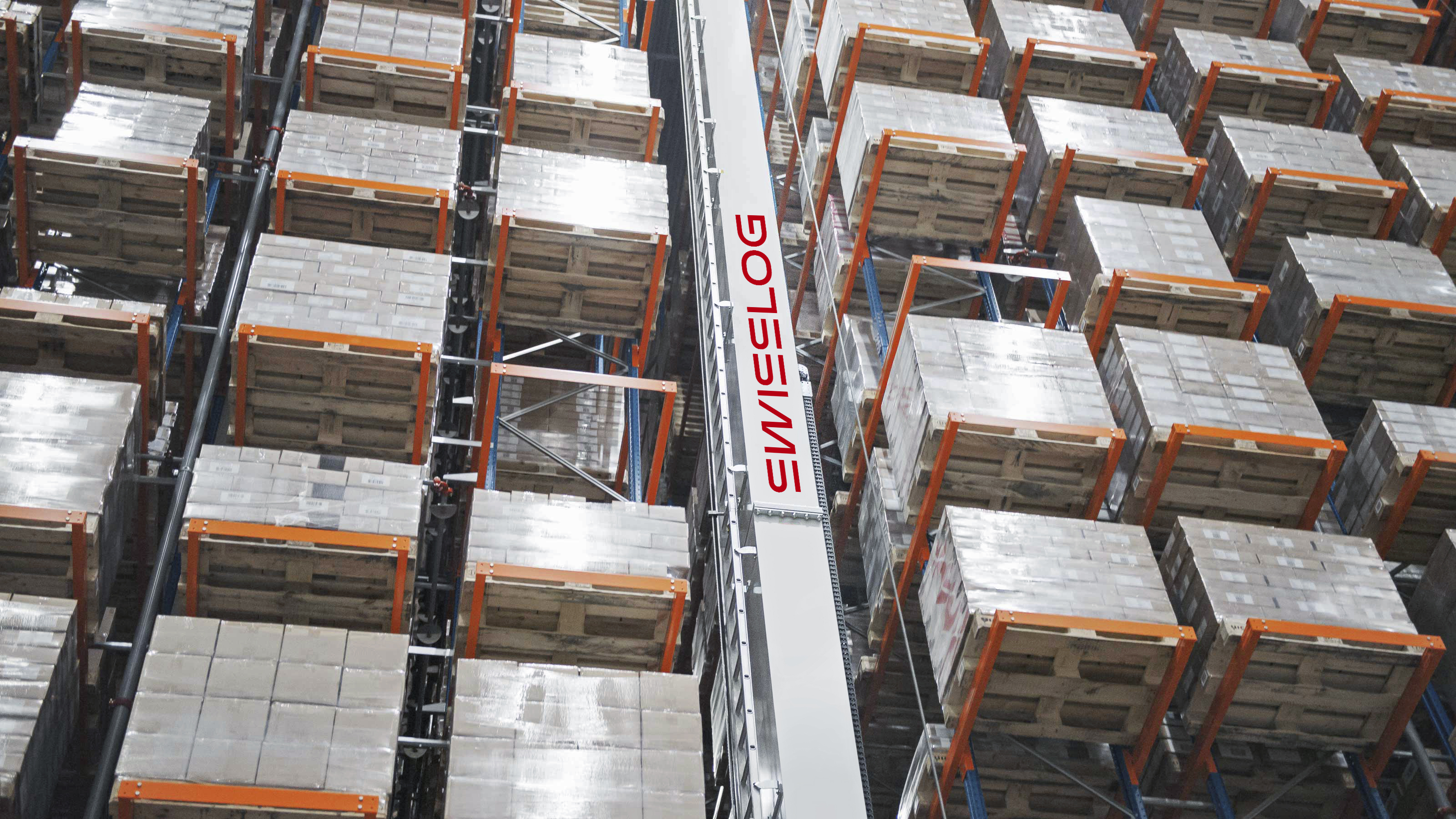North American Warehouse Automation Trends for 2024
Sean Wallingford
January 3, 2024
The core issues facing supply chains in 2023—labor, capacity and resiliency—aren’t going away in 2024. But how supply chain leaders address these challenges continues to evolve. Moving into the new year we are seeing organizations finding new ways around barriers to automation, increasing their investments in established technologies, and seeking new levels of efficiency and productivity through orchestration and artificial intelligence. Here’s a more detailed look at some of the trends we expect to see this year.

Removing Barriers to Automation
Smaller and emerging organizations face the same labor, efficiency and speed challenges as their larger competitors. Yet, they often lack the resources to address these challenges through capital-intensive automation projects, putting them at a competitive disadvantage.In 2024, flexible infrastructure technologies such as mobile robotics and AGVs will play a larger role in leveling the playing field. Swisslog’s CarryPick system, for example, doesn’t deliver the high throughputs of our shuttle and grid-based goods-to-person systems, but is faster and less expensive to implement, delivers significant labor savings, and is easy to scale. For organizations requiring higher throughputs, standardized configurations of the popular AutoStore system will reduce engineering and software customization costs while delivering the robust functionality that meets the requirements of most applications.
Re-Shoring Refocuses Supply Chains on Pallet Handling
After years of industry focus on automating each picking to support growing e-commerce and omni-channel distribution, pallet handling systems will recapture their share of the spotlight in 2024.That’s partly due to the continued momentum around re-shoring, in which U.S. based manufacturers are re-centering their supply chains in North America to improve resiliency. This is driving development of high-bay warehouses that support distribution of palletized products and that will result in increased investment in pallet handling technologies, particularly crane-based ASRS.
Solutions based on technologies like the Swisslog Vectura crane maximize space utilization in high-bay warehouses and deliver proven reliability over decades of service. Supply chains already dependent on crane based ASRS will extend the value of these solutions by investing in lifecycle services that ensure reliability and enable adaptability.

Swisslog Vectura Pallet Stacker Crane
AI Expands Beyond Machines
Machine learning, a form of AI, has been instrumental over the past several years in enabling technologies such as robotic item picking to advance to their current state. Now the incredible advances in generative AI that occurred in 2023 are creating new opportunities for AI in the supply chain.Initially, we’re likely to see automation vendors apply generative AI to their training libraries to streamline the development of custom training for their customers. Even higher value will be realized as AI works with warehouse software systems to derive insights from the data-rich warehouse environment. Forecasting, slotting and sequencing processes all stand to benefit.
Software Takes Center Stage
As operators increasingly seek to orchestrate people, processes and technology within the warehouse, they’ll find their ability to execute on this strategy dependent on the software that controls their automation systems.WMS platforms simply aren’t well positioned to address orchestration challenges as they lack the machine-level view of operations required. That puts the onus on automation integrators to deliver software solutions capable of capturing data at the machine level while providing a holistic view of warehouse operations. Software platforms that provide real-time visibility into the logical and operational level will become even more valuable as AI enables more accurate forecasts and resources can be aligned to execute on those forecasts with the highest efficiency.
Software more than hardware then becomes the key enabler of successful automation and operators will increasingly seek out solutions with WES, WMS and ACS functionality integrated in a common modular platform with a common toolset.
For more information on warehouse automation, visit Swisslog.com.
Next article

AutoStore
Colman Roche
February 4, 2025
Four questions to determine if AutoStore is right for your operation
AutoStore offers superior density, throughput, and availability for warehouses. Powered by Swisslog’s SynQ software, it provides significant ROI where applicable, although it isn’t right for everyone.












